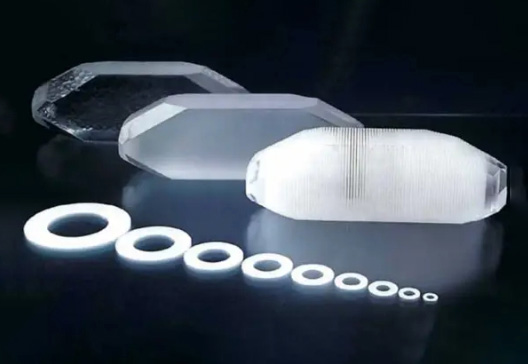The Influence of Rare Earth Addition on Cast Magnesium Alloy
The application of Magnesium Alloy has been rapidly developed since 1950s when rare earth metals were used as alloying addictives. The addition of rare earth metals in magnesium alloys greatly improves the creep resistance, the strength properties both at room temperatures and elevated temperatures and the castability of Magnesium Alloy.
Below are three types of magnesium alloys containing rare earth metals:
1. Mg-RE-Zr Alloy
Mg-RE-Zr (Mg-3RE-0.1Zr) Alloy is widely used in aero-engines due to its high strength properties and good creep resistance at 205℃.
2. RE Mg-Zn-Zr Alloy
ZK51 (Mg-4.5Zn-0.6Zr) has a tensile strength of 280MPa, but its castability is poor. However, the addition of RE will greatly improve the castability because the Mg-Zn-RE compounds which appear after adding RE will be distributed over the grain boundary in the form of divorced eutectic.
ZE63A (Zn-6wt%, RE-2.5wt%, Zr-0.6wt%) has been applied in the thrust reversal of RB211 engine for years. It has a tensile strength of 276MPa, a yield strength of 186MPa and a ductility of 5%.
3. Y-Mg Alloy
Yttrium has a good solution strengthening effect on Magnesium Alloy, which results from the blocking of yttrium solution by heat-resistant compounds in matrix and grain boundary. Therefore, Y-Mg Alloy has good thermal strength properties and even has the same elevated temperature property as Thorium-Magnesium alloys. Moreover, Yttrium-Magnesium Alloy also possesses excellent high temperature oxidation resistance. Magnesium Alloy containing 9 wt% Yttrium only gained a weight of 1 mg after being heated to 510℃ in moist air and kept for 98 hours while Thorium-Magnesium Alloy gained a weight of 15 mg.



